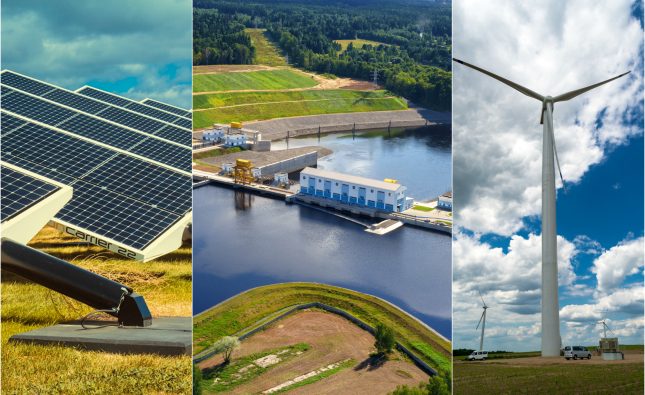
Introduction
Over the past few years, America has been experiencing a job growth streak that has broken records and surprised economists. However, recent reports suggest that this trend may be coming to an end. With the uncertainties of trade wars and political tensions looming over businesses across the country, it’s worth asking if we’ve reached the peak of our economy’s success. In this blog post, we’ll examine whether or not this is indeed the end of America’s record-setting job growth streak and what it could mean for both our economy as a whole and individual workers in different industries.
The end of the job growth streak?
For the past nine years, America has experienced record-breaking job growth. However, with the COVID-19 pandemic causing economic uncertainty and widespread closures of businesses, there’s a possibility that this streak may come to an end.
As of March 2020, the unemployment rate in America reached 4.4%, which is a significant increase from February’s 3.5%. This means that over seven million Americans have lost their jobs due to the pandemic.
The impact on small businesses has been particularly severe as they struggle to stay afloat amidst reduced consumer demand and social distancing measures. Many companies may not be able to survive in the long term without government support or access to credit lines.
Moreover, even if some small businesses do manage to reopen eventually, it might take time for them to rehire all their previous employees given the financial struggles they are experiencing.
While the American economy has faced challenges before – such as during recessions or natural disasters – COVID-19 presents unprecedented hardships on employers and workers alike. It remains uncertain how long it would take for job growth rates in America to recover from these losses caused by this global crisis.
What this means for the economy
With the end of America’s record-setting job growth streak, economists and industry experts are analyzing its impact on the economy. One potential consequence is a slowdown in economic growth, as job creation drives consumer spending, which fuels other areas of the economy.
Another possible effect is increased competition for available jobs, leading to lower wages and reduced benefits. This could create financial strain for workers and their families, potentially impacting housing markets and small businesses that rely on consumer spending.
The shift towards automation and technology may also play a role in reducing future job growth. As companies seek ways to cut costs through increased efficiency, they may turn to machines over human labor. While this can lead to improved productivity in some cases, it can also result in further job loss.
Ultimately, the end of America’s job growth streak highlights the need for continued innovation and investment in new industries that can drive economic growth while creating sustainable employment opportunities for American workers.
What this means for American workers
The end of America’s record-setting job growth streak has significant implications for American workers. While the unemployment rate remains low, experts warn that the slowdown in job creation could have repercussions for workers’ wages and employment prospects.
With fewer jobs being created, competition will increase among job seekers. This could lead to a tightening of the labor market and potentially lower salaries or reduced benefits offered by employers. Workers may also face increased pressure to accept part-time or temporary positions instead of full-time employment with benefits.
The industries most affected by this slowdown are retail and manufacturing, which have seen substantial job losses over recent months. This change is concerning as these sectors often offer entry-level positions and opportunities for those with less education or experience.
Furthermore, workers in rural areas may be particularly hard hit as they rely more heavily on industries such as agriculture that are already experiencing challenges due to trade tensions and other factors.
While the impact on American workers remains uncertain at this point, it is clear that any prolonged decrease in job growth could have serious consequences across many different sectors of the economy.
Conclusion
As we have seen, America’s record-setting job growth streak may be coming to an end. While this news is concerning, it does not necessarily mean that the economy is on the brink of collapse or that American workers are doomed.
It is important to remember that fluctuations in job growth are a natural part of any economy and do not always indicate long-term trends. Furthermore, many industries and sectors continue to thrive despite recent setbacks.
That being said, policymakers should take note of these developments and work towards creating policies that promote sustainable economic growth and protect workers from negative impacts. This includes investing in education and training programs, supporting small businesses, and prioritizing worker protections such as fair wages and healthcare benefits.
Ultimately, while the end of America’s job growth streak may be cause for concern, it also presents an opportunity for reflection and action towards building a stronger economy for all Americans.










